2013 Saskatoon, Saskatchewan, Canada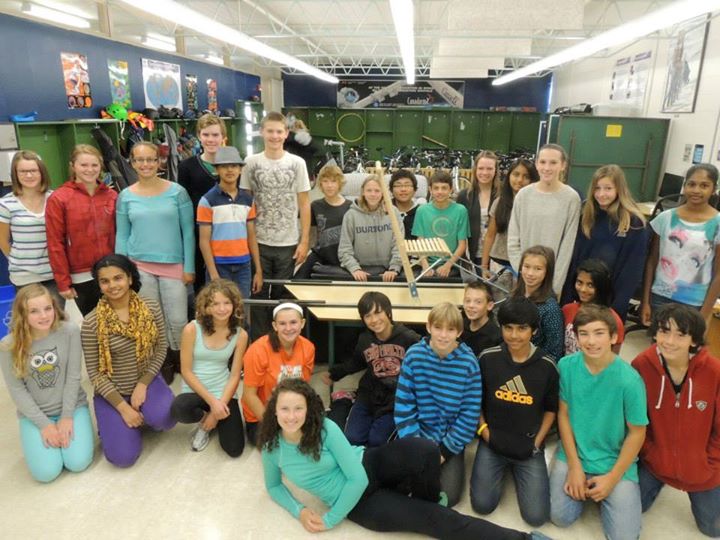
Alana Krug-McLeod from Aden Bowman Collegiate in Saskatoon, Saskatchewan, proposed the idea of using Kicksleds to help protect the Saskatchewan River Basin by encouraging a change in attitudes towards transportation. “Kickstart Change” aims to popularize a healthy, sustainable, versatile, alternative transportation mode (kicksledding) while promoting winter activities and building useful skills amongst youth. Kicksleds take their inspiration from various places: dogsleds have traditionally been used in northern regions of the world, and even penguins from the south that waddle and then glide on their bellies.
The three phase plan involved building kicksleds, organizing a winter festival, and establishing sustainable transportation infrastructure. The first phase of this project ran from September to December 2013 and involved introducing the concept of the Kicksleds to the Aden Bowman Collegiate industrial arts class who then became involved with the design and building of the kicksleds. These students gathered outdated and damaged skis, reusable wood and metal to use in constructing the kicksleds. The Aden Bowman Collegiate Eco Club awarded donated prizes for the most innovative, efficient, compact, and eco-friendly kicksleds designed and produced by the students.
Alana then approached the ScienceTrek class at Montgomery School as a partner on this project. The ScienceTrek Program is an accelerated science program that combines outdoor activities with intellectual and social awareness-building. ScienceTrek partners include Alana Krug-MacLeod from Aden Bowman Collegiate Institute, who initiated the project, and WeShare, who helped fund the project. After attending the EF Global Student Leaders Summit: Environmental Conference in Costa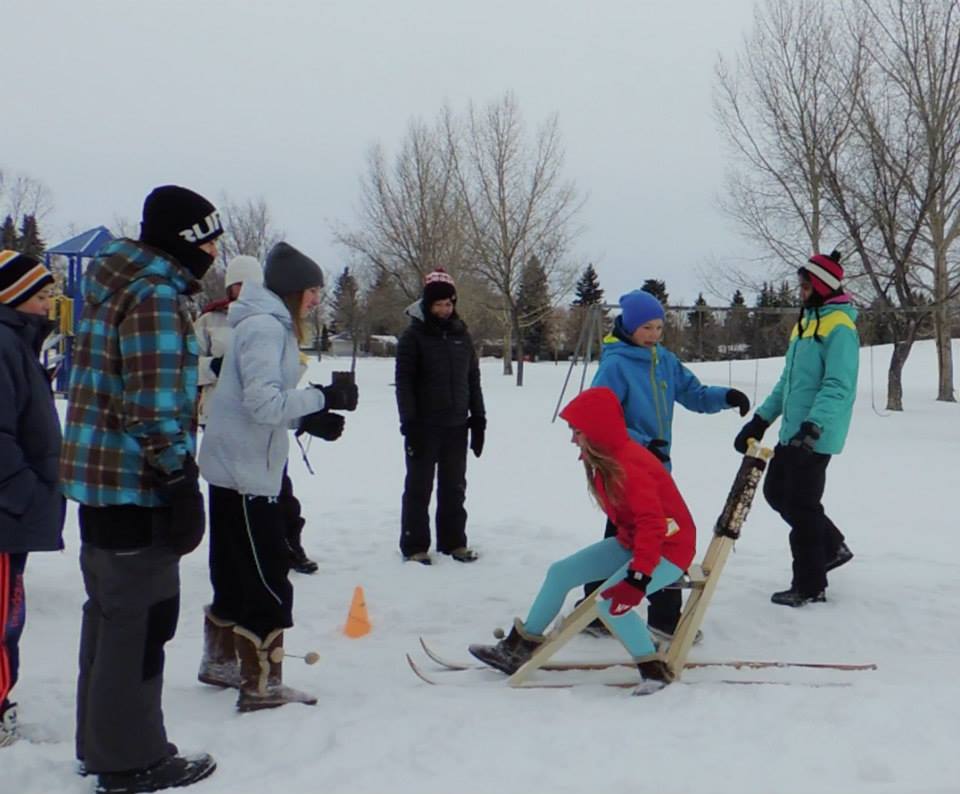 Rica in April 2013, Alana received an EF Student Leaders Summit Prize, which included a grant from WeShare. This grant from WeShare was used to fund the project. Many other unofficial partners (parents, community members, teachers and administrators) worked behind the scenes and alongside the students to make this project a success.
Rica in April 2013, Alana received an EF Student Leaders Summit Prize, which included a grant from WeShare. This grant from WeShare was used to fund the project. Many other unofficial partners (parents, community members, teachers and administrators) worked behind the scenes and alongside the students to make this project a success.
The attached pictures showcase the various styles of kicksleds that were built by the ScienceTrek and Aden Bowman Collegiate industrial arts students as well as pictures of the students using the kicksled outside for recreational purposes. Montgomery School, with Alana’s help, put on a winter festival where the kicksleds were unveiled. Interestingly enough, some of the students that participated in Alana’s project have now entered the 2014 CFW competition and have placed in the top ten finalist groups for this year’s competition.
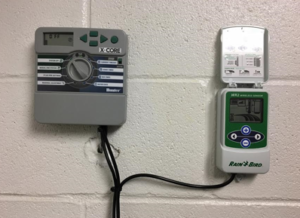 2017, Milliken, Colorado, USA
2017, Milliken, Colorado, USA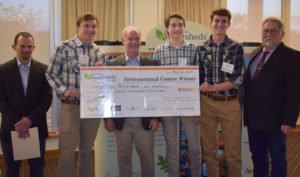 n and budget focused as well. The students worked with the school district and installed three WR2 rain gauge sensors which have reduced water usage by 30-50%. They will be monitoring the water usage during 2017-2018 and reporting back to the school administration.
n and budget focused as well. The students worked with the school district and installed three WR2 rain gauge sensors which have reduced water usage by 30-50%. They will be monitoring the water usage during 2017-2018 and reporting back to the school administration.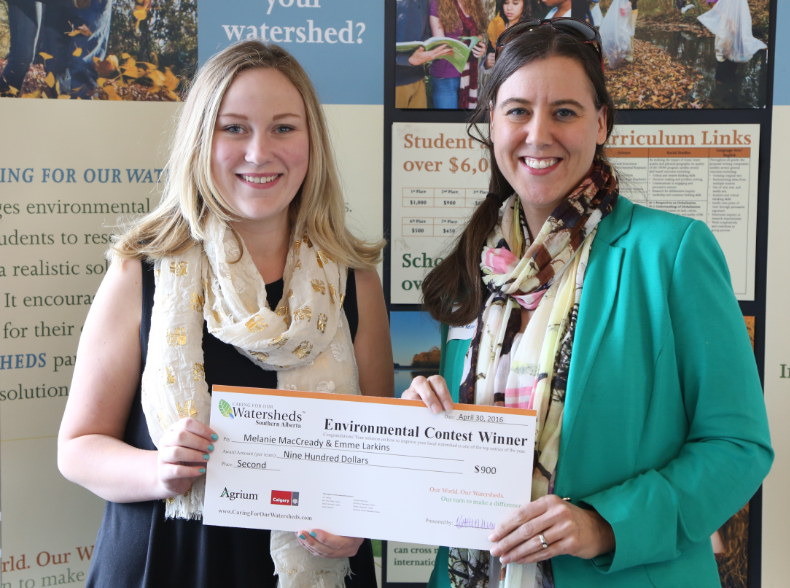 in the 2016 CFOW contest, with their project “St. James Outdoor Classroom”.
in the 2016 CFOW contest, with their project “St. James Outdoor Classroom”.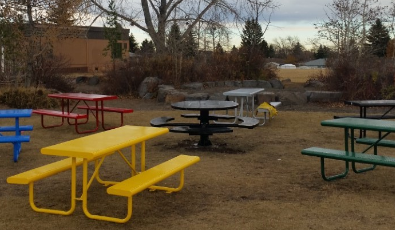 There have been picnic tables, garbage cans and recycling bins installed in the natural learning area, with plans to expand and continue to develop the area with additional natural features in the future. Research has shown that teaching outdoors makes educators more confident and enthusiastic about their work, and more innovative in their teaching strategies. By extension, schools benefit from the leadership and influence of their teachers who take students outside. Studies indicate that students that are given the opportunity to learn in a natural setting often score higher on tests, experience less anxiety and have more confidence.
There have been picnic tables, garbage cans and recycling bins installed in the natural learning area, with plans to expand and continue to develop the area with additional natural features in the future. Research has shown that teaching outdoors makes educators more confident and enthusiastic about their work, and more innovative in their teaching strategies. By extension, schools benefit from the leadership and influence of their teachers who take students outside. Studies indicate that students that are given the opportunity to learn in a natural setting often score higher on tests, experience less anxiety and have more confidence.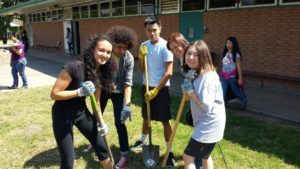


 Rica in April 2013, Alana received an EF Student Leaders Summit Prize, which included a grant from WeShare. This grant from WeShare was used to fund the project. Many other unofficial partners (parents, community members, teachers and administrators) worked behind the scenes and alongside the students to make this project a success.
Rica in April 2013, Alana received an EF Student Leaders Summit Prize, which included a grant from WeShare. This grant from WeShare was used to fund the project. Many other unofficial partners (parents, community members, teachers and administrators) worked behind the scenes and alongside the students to make this project a success.
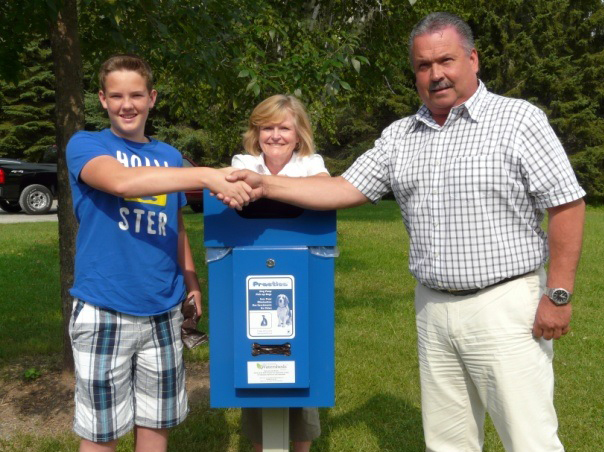
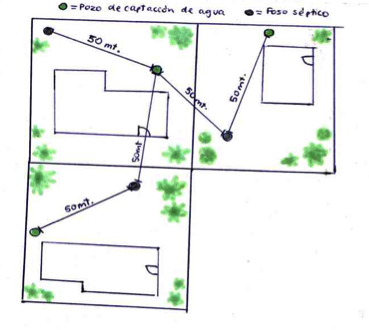
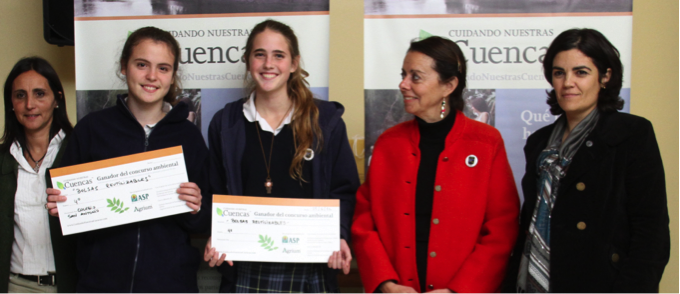
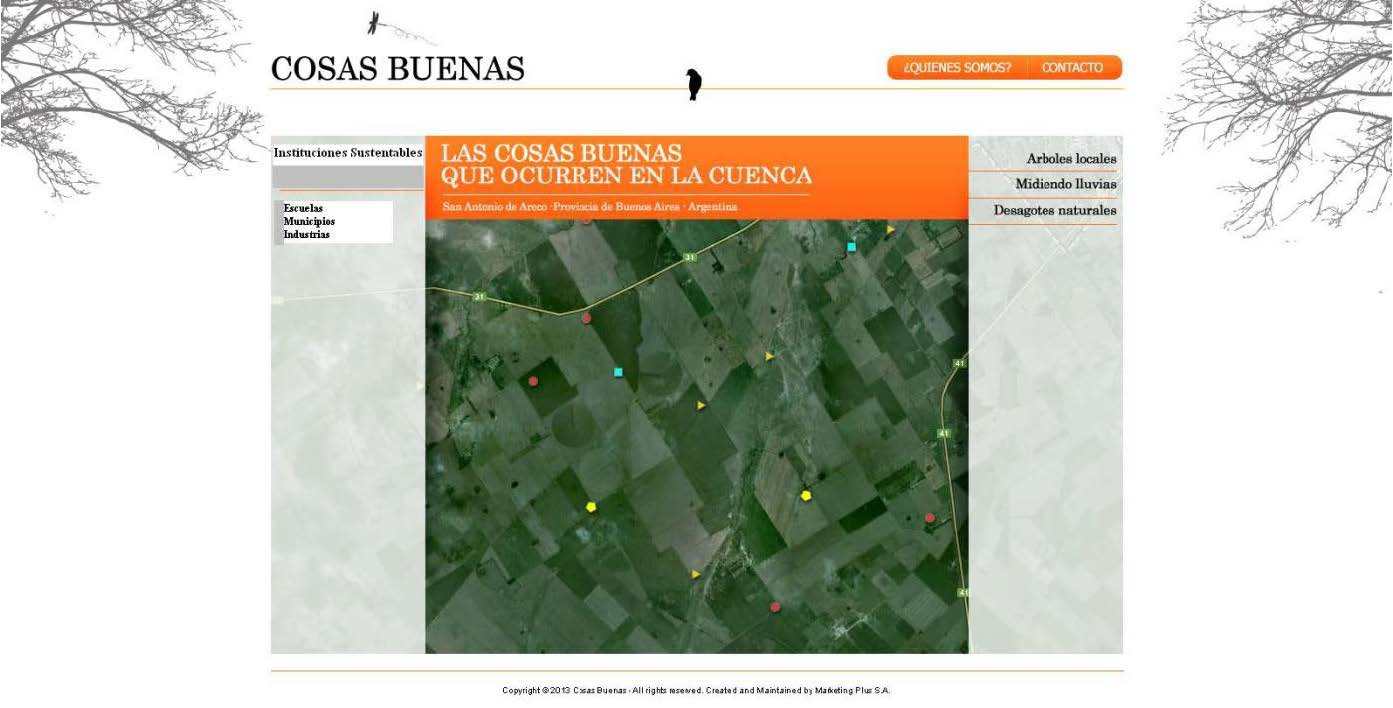 viewable on the web, and illustrates beneficial actions that have been done in the Areco River. The display will be organized and linked to manuals with explanations. The proposal divides the actions into the following segments: agriculture, stockbreeding, industrial, schools/institutions and communities. Specialists of each segment will choose and add information to the database on environmentally friendly actions that benefit the San Antonio watersheds.
viewable on the web, and illustrates beneficial actions that have been done in the Areco River. The display will be organized and linked to manuals with explanations. The proposal divides the actions into the following segments: agriculture, stockbreeding, industrial, schools/institutions and communities. Specialists of each segment will choose and add information to the database on environmentally friendly actions that benefit the San Antonio watersheds.